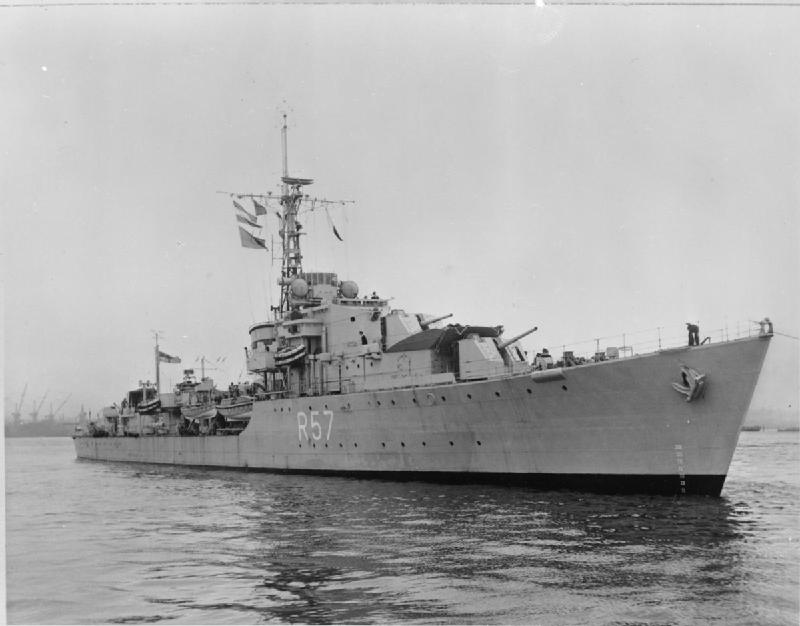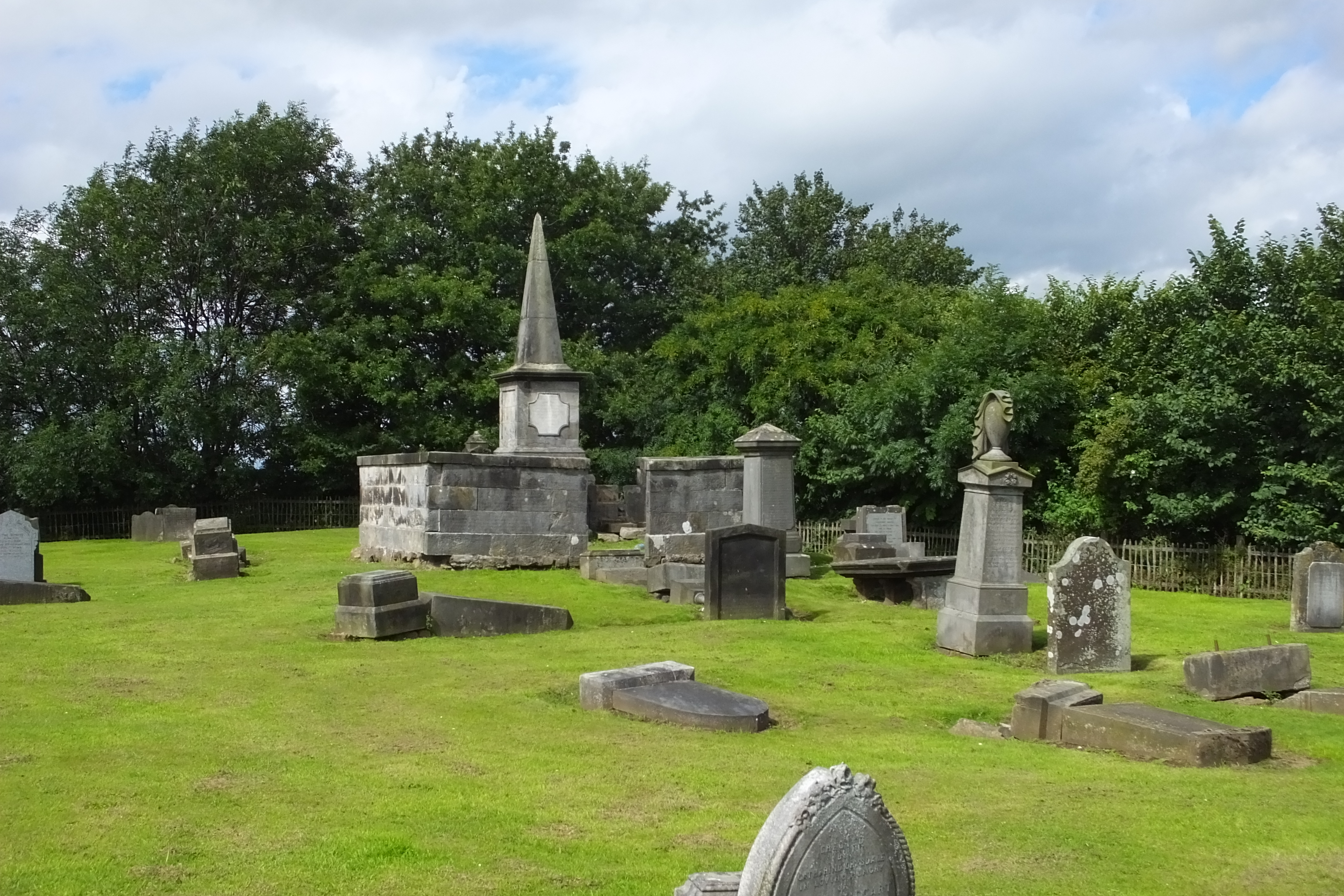|
Empire Dirk
''Kowloon No.1'' was a cargo ship that was built in 1943 as ''Empire Dirk'' by Ailsa Shipbuilding Co Ltd, Troon, Ayrshire, United Kingdom for the Ministry of War Transport (MoWT). Spending the war years in home waters, she was sold into merchant service in 1951 and renamed ''Nancy Moller'', and then ''Mount Austin'' after a further sale later that year. In 1956, she was sold to the Australian Government and renamed ''Coolabah''. She was sold to Hong Kong in 1956 and renamed ''Troon Breeze''. A sale in 1964 to Panama saw her renamed ''Cachupin'' before she was sold back to Hong Kong in 1966 and renamed ''Kowloon No.1''. She served until 1967 when she ran aground off Hachinohe, Japan. Although refloated, she was declared a constructive total loss and was scrapped in 1968. Description The ship was built in 1943 by Ailsa Shipbuilding Co Ltd, Troon. She was yard number 447. The ship was long, with a beam of . She had adepth of , and a draught of . As built, she was assessed ... [...More Info...] [...Related Items...] OR: [Wikipedia] [Google] [Baidu] |
Official Number
Official numbers are ship identifier numbers assigned to merchant ships by their flag state, country of registration. Each country developed its own official numbering system, some on a national and some on a port-by-port basis, and the formats have sometimes changed over time. As an internationally recognized ship identifier, national official numbers have largely been superseded by the IMO number, though flag states still use national systems, which also cover those vessels not subject to the IMO regulations. British official number Beginning in 1855, with the implementation of the Merchant Shipping Act 1854, all British seagoing vessels were assigned an official number to give each ship a unique identity, even after being renamed or changing the port of registry. U.S. official number After the passage of legislation in the United States Congress in 1866, all American ships were required to carve the official number on the main beam; the system was controlled by the Bureau of Sta ... [...More Info...] [...Related Items...] OR: [Wikipedia] [Google] [Baidu] |
Cardiff
Cardiff (; cy, Caerdydd ) is the capital and largest city of Wales. It forms a principal area, officially known as the City and County of Cardiff ( cy, Dinas a Sir Caerdydd, links=no), and the city is the eleventh-largest in the United Kingdom. Located in the south-east of Wales and in the Cardiff Capital Region, Cardiff is the county town of the historic county of Glamorgan and in 1974–1996 of South Glamorgan. It belongs to the Eurocities network of the largest European cities. A small town until the early 19th century, its prominence as a port for coal when mining began in the region helped its expansion. In 1905, it was ranked as a city and in 1955 proclaimed capital of Wales. Cardiff Built-up Area covers a larger area outside the county boundary, including the towns of Dinas Powys and Penarth. Cardiff is the main commercial centre of Wales as well as the base for the Senedd. At the 2021 census, the unitary authority area population was put at 362,400. The popula ... [...More Info...] [...Related Items...] OR: [Wikipedia] [Google] [Baidu] |
Methil
Methil (Scottish Gaelic: Meadhchill) is an eastern coastal town in Scotland. It was first recorded as "Methkil" in 1207, and belonged to the Bishop of St Andrews. Two Bronze Age cemeteries have been discovered which date the settlement as over 8,000 years old. Famous for its High Street having the most pubs per mile in Scotland, it was part of its own barony in 1614 and also part of the former burgh of Buckhaven and Methil. This burgh existed between 1891 and 1975 (following the reorganisation of local government). It is situated within a continuous urban area described as Levenmouth. Methil lies geographically between Largo Bay to the east and Wemyss Bay to the west. Previously an industrial maritime powerhouse of the region and once Scotland's greatest coal port, it is now redirecting itself towards a green energy future. The River Leven delineates Methil from adjacent towns. Toponymy The name, Methil, is from Scottish Gaelic, and appears to derive from ''meadh(on)'' me ... [...More Info...] [...Related Items...] OR: [Wikipedia] [Google] [Baidu] |
Essex
Essex () is a county in the East of England. One of the home counties, it borders Suffolk and Cambridgeshire to the north, the North Sea to the east, Hertfordshire to the west, Kent across the estuary of the River Thames to the south, and Greater London to the south and south-west. There are three cities in Essex: Southend, Colchester and Chelmsford, in order of population. For the purposes of government statistics, Essex is placed in the East of England region. There are four definitions of the extent of Essex, the widest being the ancient county. Next, the largest is the former postal county, followed by the ceremonial county, with the smallest being the administrative county—the area administered by the County Council, which excludes the two unitary authorities of Thurrock and Southend-on-Sea. The ceremonial county occupies the eastern part of what was, during the Early Middle Ages, the Anglo-Saxon Kingdom of Essex. As well as rural areas and urban areas, it forms ... [...More Info...] [...Related Items...] OR: [Wikipedia] [Google] [Baidu] |
Southend-on-Sea
Southend-on-Sea (), commonly referred to as Southend (), is a coastal city and unitary authority area with borough status in southeastern Essex, England. It lies on the north side of the Thames Estuary, east of central London. It is bordered to the north by Rochford and to the west by Castle Point. It is home to the longest pleasure pier in the world, Southend Pier. London Southend Airport is located north of the city centre. Southend-on-Sea originally consisted of a few poor fishermen's huts and farms at the southern end of the village of Prittlewell. In the 1790s, the first buildings around what was to become the High Street of Southend were completed. In the 19th century, Southend's status of a seaside resort grew after a visit from Princess Caroline of Brunswick, and Southend Pier was constructed. From the 1960s onwards, the city declined as a holiday destination. Southend redeveloped itself as the home of the Access credit card, due to its having one of the UK's first ... [...More Info...] [...Related Items...] OR: [Wikipedia] [Google] [Baidu] |


